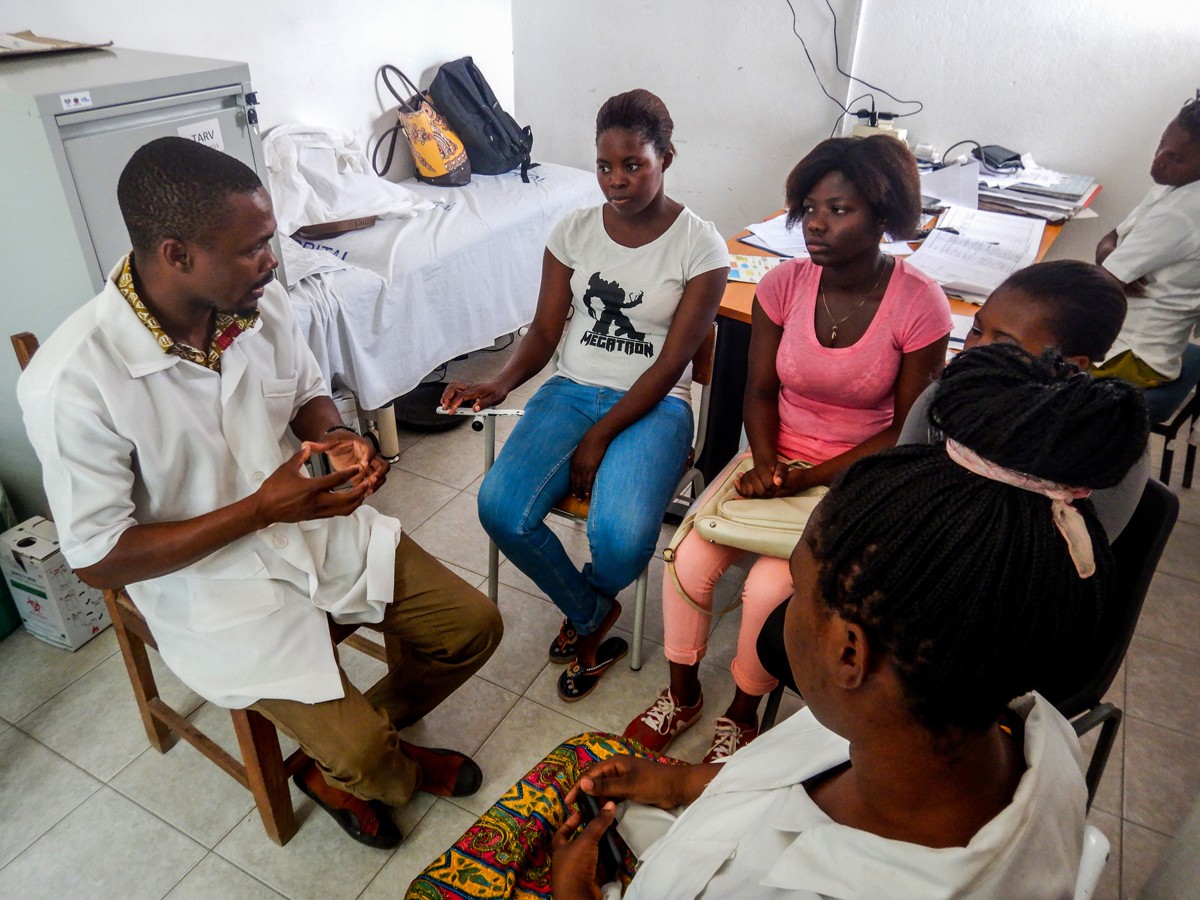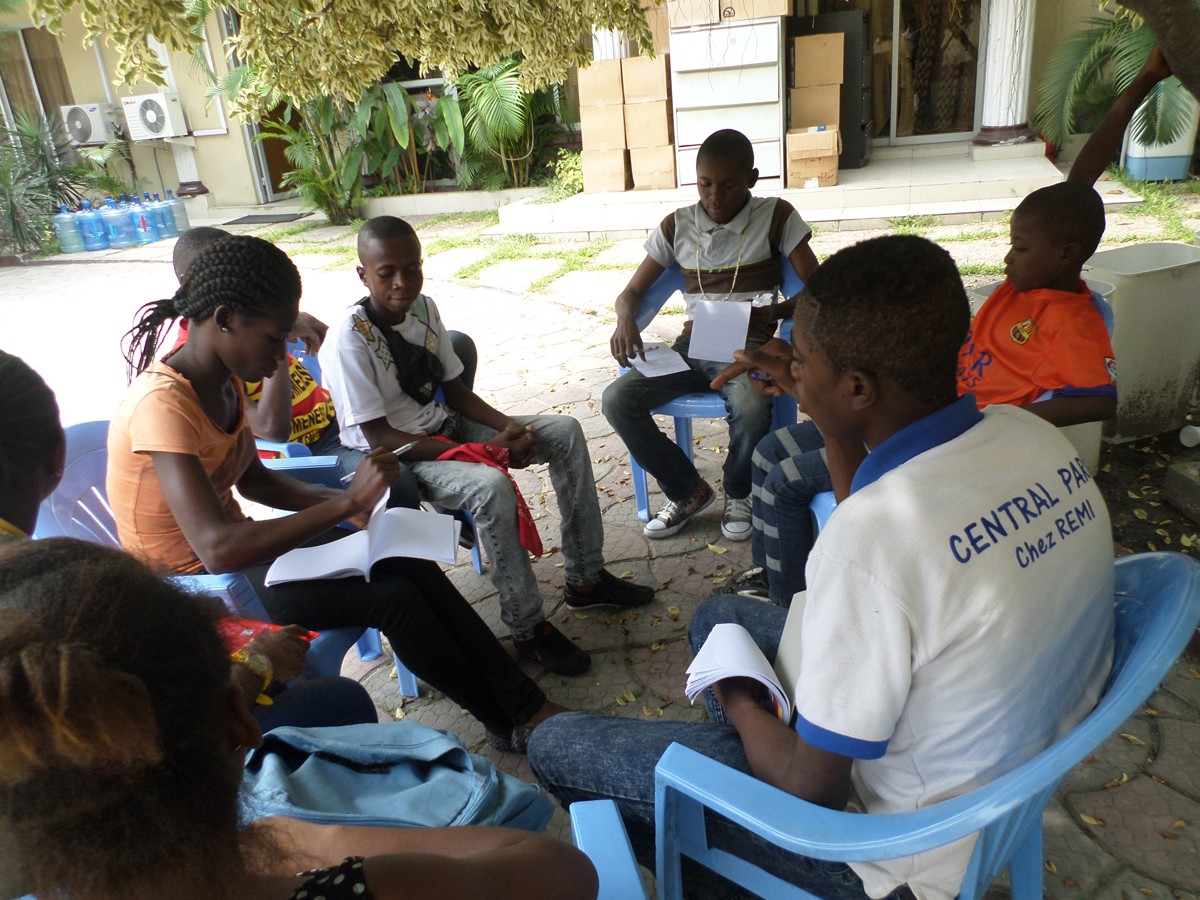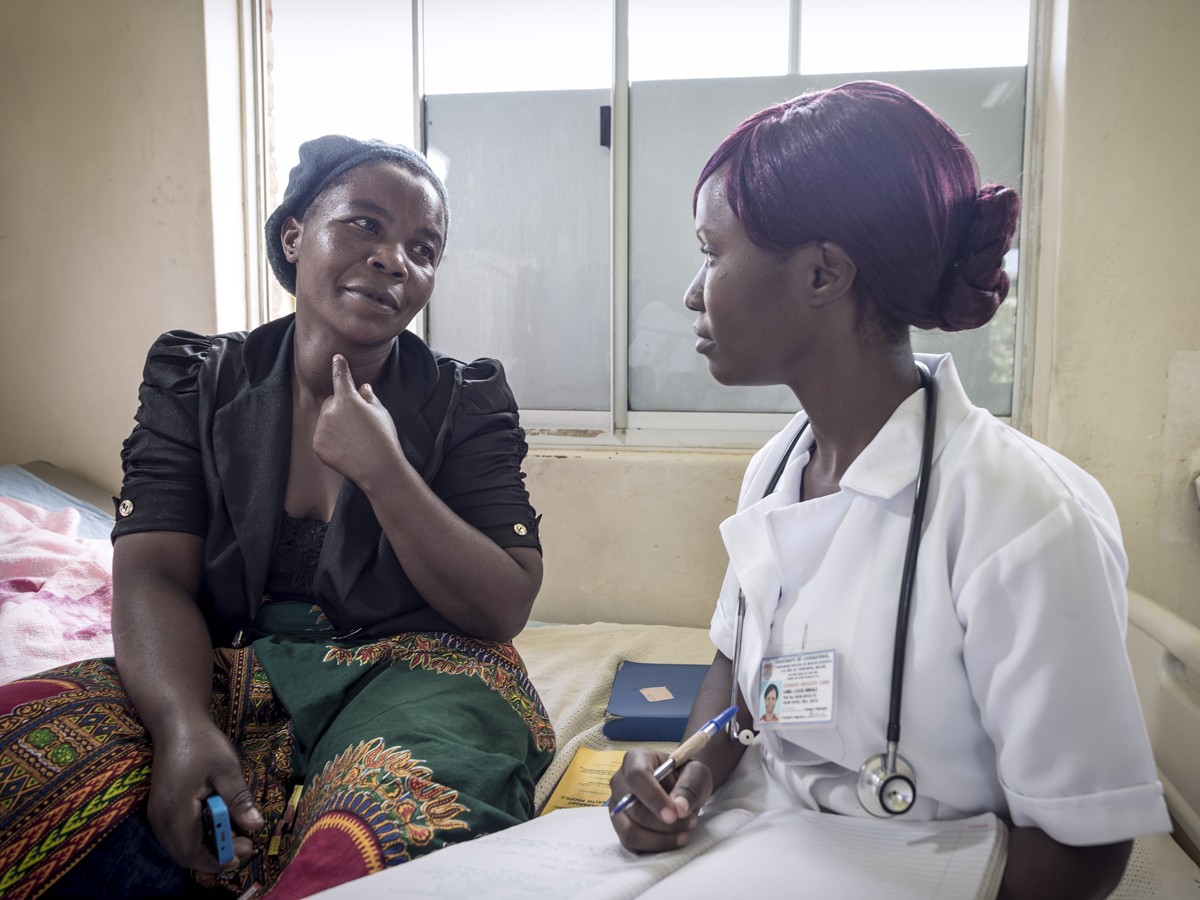Authors: Sileshi Lulseged, Zenebe Melaku, Abebe Habteselassie, Christine A West, Terefe Gelibo, Wudinesh Belete, Fana Tefera, Mansoor Farahani, Minilik Demissie, Wondimu Teferi, Saro Abdella, Sehin Birhanu, Christine E Ross, EPHIA Study Group
Introduction: In 2014, the Joint United Nations Programme on HIV/AIDS set an ‘ambitious’ 90-90-90 target for 2020. By 2016, there were disparities observed among countries in their progress towards the targets and some believed the targets were not achievable. In this report, we present the results of data from the Ethiopia Population-based HIV Impact Assessment survey analyzed to assess progress with the targets and associated factors.
Methods: We conducted a nationally representative survey in urban areas of Ethiopia. Socio-demographic and behavioural data were collected from consenting participants using a structured interview. HIV testing was done following the national HIV rapid testing algorithm and seropositivity confirmed using a supplemental laboratory assay. HIV viral suppression was considered if the viral load was <1,000 RNA copies/ml. Screening antiretroviral drugs was done for efavirenz, lopinavir, and tenofovir, which were in use during the survey period. In this analysis, we generated weighted descriptive statistics and used bivariate and logistic regression analysis to examine for associations. The 95% confidence interval was used to measure the precision of estimates and the significance level set at p<0.05.
Results: Of 19,136 eligible participants aged 15-64 years, 614 (3% [95% CI: 0.8-3.3]) were HIV-positive, of which 79.0% (95% CI: 4.7-82.7) were aware of their HIV status, and 97.1% (95% CI: 95.0-98.3 were on antiretroviral therapy, of which 87.6% (95% CI: 83.9-90.5) achieved viral load suppression. Awareness about HIV-positive status was significantly higher among females (aOR = 2.8 [95% CI: 1.38-5.51]), significantly increased with age, the odds being highest for those aged 55-64 years (aOR = 11.4 [95% CI: 2.52-51.79]) compared to those 15-24 years, and was significantly higher among those who used condom at last sex in the past 12 months (aOR = 5.1 [95% CI: 1.68-15.25]). Individuals with secondary education and above were more likely to have achieved viral suppression (aOR = 8.2 [95% CI: 1.82-37.07]) compared with those with no education.
Conclusion: Ethiopia made encouraging progress towards the UNAIDS 90-90-90 targets. The country needs to intensify its efforts to achieve the targets. A particular focus is required to fill the gaps in knowledge of HIV-positive status to increase case identification among population groups such as males, the youth, and those with low education.








